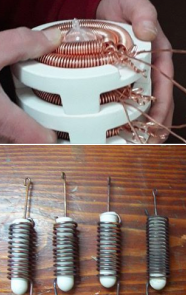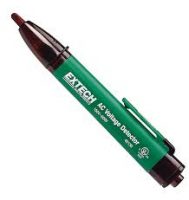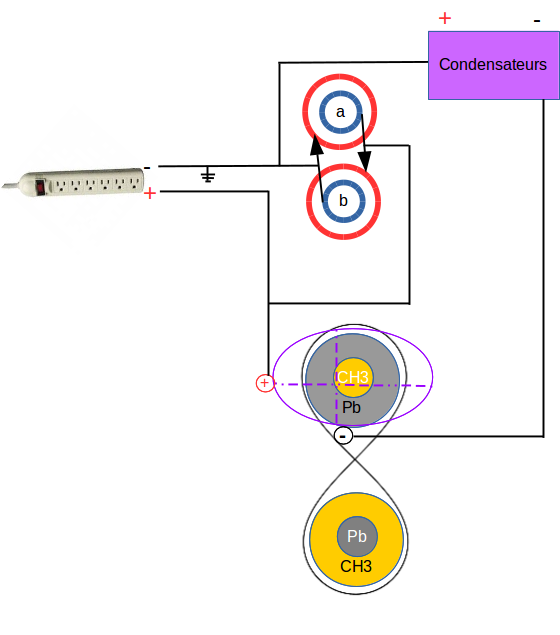Table of Contents
Natural Construction for Magravs
 By Christian Maegerlin
By Christian Maegerlin
Hi, what are your ideas about this, please? I made a Magrav base in plaster. Instead of water, I use liquid plasma of all kinds, and silicon from quartz sand, so it creates a good environment for my coils … and the same for the capacitors.
Arizona Experiment
The Arizona lab connected 3 conventional MaGravs to each other without plugging them into the wall. They were positioned around a massage table with 3 rings on top of it. The rings were filled with different GaNS. Around the table were positioned 3 Plasma Reactors with the motors spinning.
 The interaction between the MaGravs and the reactors created a measurable plasma field; measured with a no-contact-voltage-indicator pen. The field had a dome shape.
The interaction between the MaGravs and the reactors created a measurable plasma field; measured with a no-contact-voltage-indicator pen. The field had a dome shape.
The field created by the reactors reached out ounly about 2 feet. -onWhen the Magravs had been placed the field went up to 3ft+ by a lot.
We measured the field strength with a no-contact-voltage-indicator pen. This device needs a magnetic field and converts it via a induction circuit into electrical energy. So the pen actually converts a magnetic field into electrical energy.
 Magrav PL gen
Magrav PL gen
Il y a 4 composants:
- la barre de tension (charge)
- deux doubles bobines qui doivent créer une oscillation la sortie de Grav-a est connecté à l’entrée de Grav-b; la sortie de Mag-a est connecté à l’entrée du Mag-b (peut-être la sortie du Grav-a est aussi connecté à l’entrée de Mag-b, etc…)
- un quatruple de condensateurs (à la douglas)
- un magrav (1 étage?) qui est formé autour un double core qui représente la partie faible (un peu de PL-CH3 au centre; un peut de PL-PB en périphérie); la partie forte est aussi un double core avec GaNS-Pb au centre et GaNS-CH3, c’est elle qui nourrit la partie faible ce qui constitue un courant de plasma